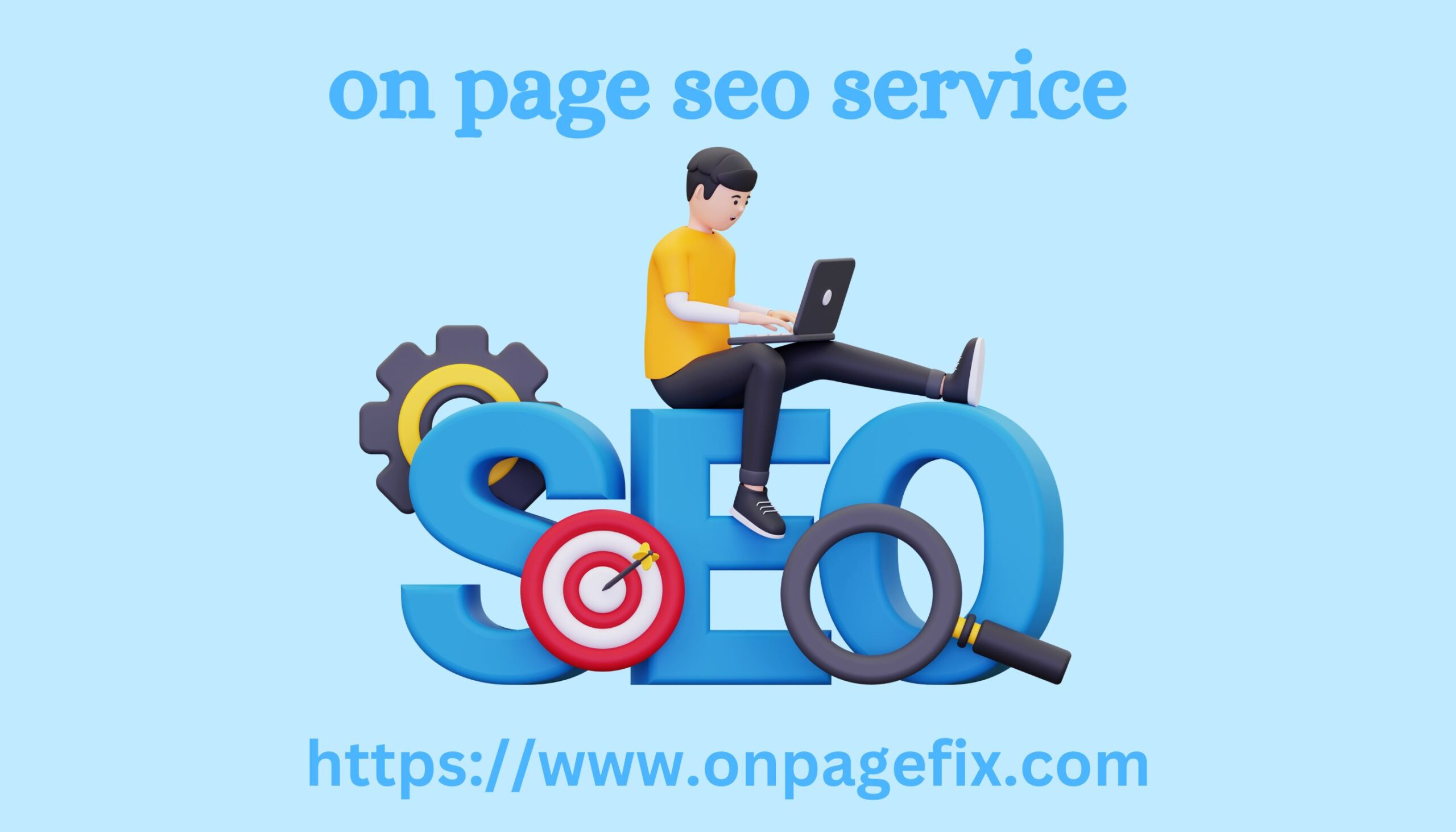How to effectively measure upsells and customer service managers' motivation and how to apply metrics for their retention and development? The answers to these questions are in our article.
Your main goal as a SaaS company is to help customers solve their problems with your product, not to become popular on social media for posting the most rave reviews about ChatGPT.
The more comfortable and confident users feel when using your product for their tasks, the better for you. But the opposite is also true - when the level of trust decreases, you risk losing to competitors.
So, the key job of every customer service representative is to ensure their success with your product. Simple, right?
Not really.
Just as we represent the business to the client, we represent the client to the business. We help ensure that we are creating a product for our audience and that we are not deviating from the course.
This great responsibility falls on the shoulders of the Customer Success (CS) department.
CS professionals, like all of us, have limited resources, which can vary greatly from company to company. Therefore, one of the key tasks of CS departments is to ensure the right mix of human capital and self-help resources. This is necessary to ensure that CSMs use their precious hours effectively, solving important problems and improving the user experience for as many customers as possible.
It’s impossible to accurately assess the success and growth of your Customer Success team without diving into metrics. We’ve identified the key ones to track.
- Net Promoter Score (NPS)
Net Promoter Score (NPS) is an extremely important metric for CS specialists and one of the most well-known. NPS helps measure user satisfaction at any given time and collects optional feedback.
On a scale of 1 to 10, users answer a single survey question to determine how likely they are to recommend your product to colleagues and others in their industry.
If you need to identify extreme users—those who love on page seo service your product and those who hate it—NPS is a great metric to use. It’s especially effective when combined with the other metrics covered in this article, but I’d be remiss if I didn’t mention it first.

How to Calculate Net Promoter Score
Divide the results into the following groups depending on how respondents rate the product:
promoters: 9-10;
passives: 7–8;
Negatives: 0–6.
To calculate NPS, subtract the percentage of detractors from the number of promoters:
% Promoters – % Detractors = NPS
Collect NPS metrics when you're in the spotlight.
- Customer Lifetime Value (CLV)
Customer lifetime value (CLV or LTV) is the total value or revenue a user generates over the life of their account. It is a correlation metric: the longer you retain a customer, the higher their CLV. It is one of the key metrics for evaluating your customer success efforts.
CLV is a valuable metric if you want to understand how long your customers stay on average and how much they spend on average. By tracking CLV, CS teams can identify retention issues early. If CLV is below desired levels due to a short customer lifetime, consider increasing user training or improving “AHA!”
How to calculate customer lifetime value:
customer value (rubles) x average customer lifetime (month/year) = CLV
- Repeat Purchase Rate (RPR)
We love it when users come back for more purchases, and we want to make sure they enjoy it too. RPR is a metric that measures repeat purchase frequency. It shows the ratio of customers who continue to make purchases to all your customers.
By measuring this ratio, you can understand how many of your customers are one-timers and how many are returning. Users who value your product are more likely to be counted in your RPR, and this is exactly what the CS team strives for.